How power-guzzling graphics cards affect the rest of your PC

 Image: Thiago Trevisan/IDG
Image: Thiago Trevisan/IDGWhen experiencing the excitement of a new GPU release, our mouths collectively water as the specs are revealed to us. Power draw numbers make us “Ooh” and “Aah” as it often means high performance. In real-world use, however, these exclamations can quickly turn to “ohh…” and “ahh…” as we’re faced with the hot, noisy, power-hungry GPUs in our everyday gaming rigs. We’re going to tell you what to expect from the current and future behemoths in the real world. Noise, nuclear level thermals, and even thermal throttling. Don’t worry, we’ll also fill you in on how to manage these toasty GPUs, and what that means for the rest of your system!
When did GPUs get so hot?
The Nvidia GeForce RTX 3090 comes packing a whopping 350W TDP. It doesn’t stop there, with rumored future iterations such as the “Ti” version eclipsing 450W. That’s nothing new—enthusiast RTX 3090s such as the EVGA Kingpin have been pushing the envelope with numbers nearing 500W.
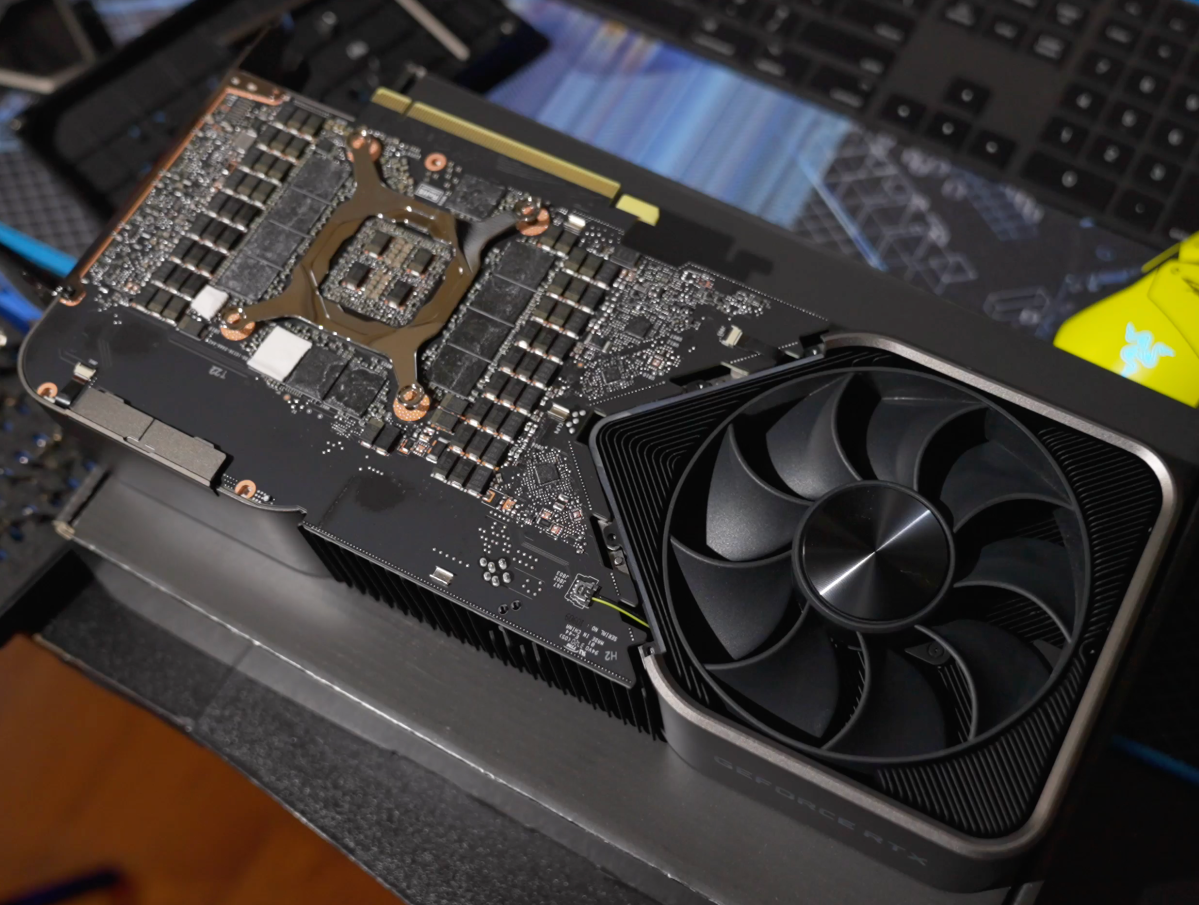
The GeForce RTX 3090 with its backplate removed. The ultra-fast GGDR6x memory can get very toasty due to its power demands.
The GeForce RTX 3090 with its backplate removed. The ultra-fast GGDR6x memory can get very toasty due to its power demands.
Thiago Trevisan/IDG
The GeForce RTX 3090 with its backplate removed. The ultra-fast GGDR6x memory can get very toasty due to its power demands.
Thiago Trevisan/IDG
Thiago Trevisan/IDG
Last generation saw the flagship RTX 2080 Ti reach a paltry 250W TDP in comparison. AMD is still holding the efficiency lead with its powerful Radeon RX 6900 XT, stopping at 300W. The key difference here is the very fast GDDR6x VRAM found in the higher-echelon RTX 3000 GPUs. They run fast, hot, and need more power. With Nvidia’s Ampere GPUs, more power generally means more performance.
Radeon RX 6900 XT
 Read our reviewPrice When Reviewed:$1000Best Prices Today:$999.99 at Amazon | $1000 at AMD
Read our reviewPrice When Reviewed:$1000Best Prices Today:$999.99 at Amazon | $1000 at AMD
GPU buyer, beware
If you’re building a new gaming rig around a high-end RTX 3000 GPU, there are a plethora of cause-effect relationships to be aware of related to their power draw. Let’s examine the most important, one by one:
Power supply: You’ve seen the recommended specs; minimum 750W power supply for the likes of an RTX 3090. Most likely you’ll really want 850W or 1000W for more headroom to pair the RTX 3090 with a high-end CPU. Not only that, you want a PSU that’s high-quality and efficient. RTX 3000 GPUs can have power spikes and be picky about the juice that’s powering them, so don’t cheap out here.
Don’t care about the spendy RTX 3090? Many of the same basic principles will apply to its more watt-friendly brethren—such as the RTX 3070 and 3080. They can be power hungry, too. The GeForce RTX 3080 Ti? It puts out nearly as much heat as the RTX 3090.
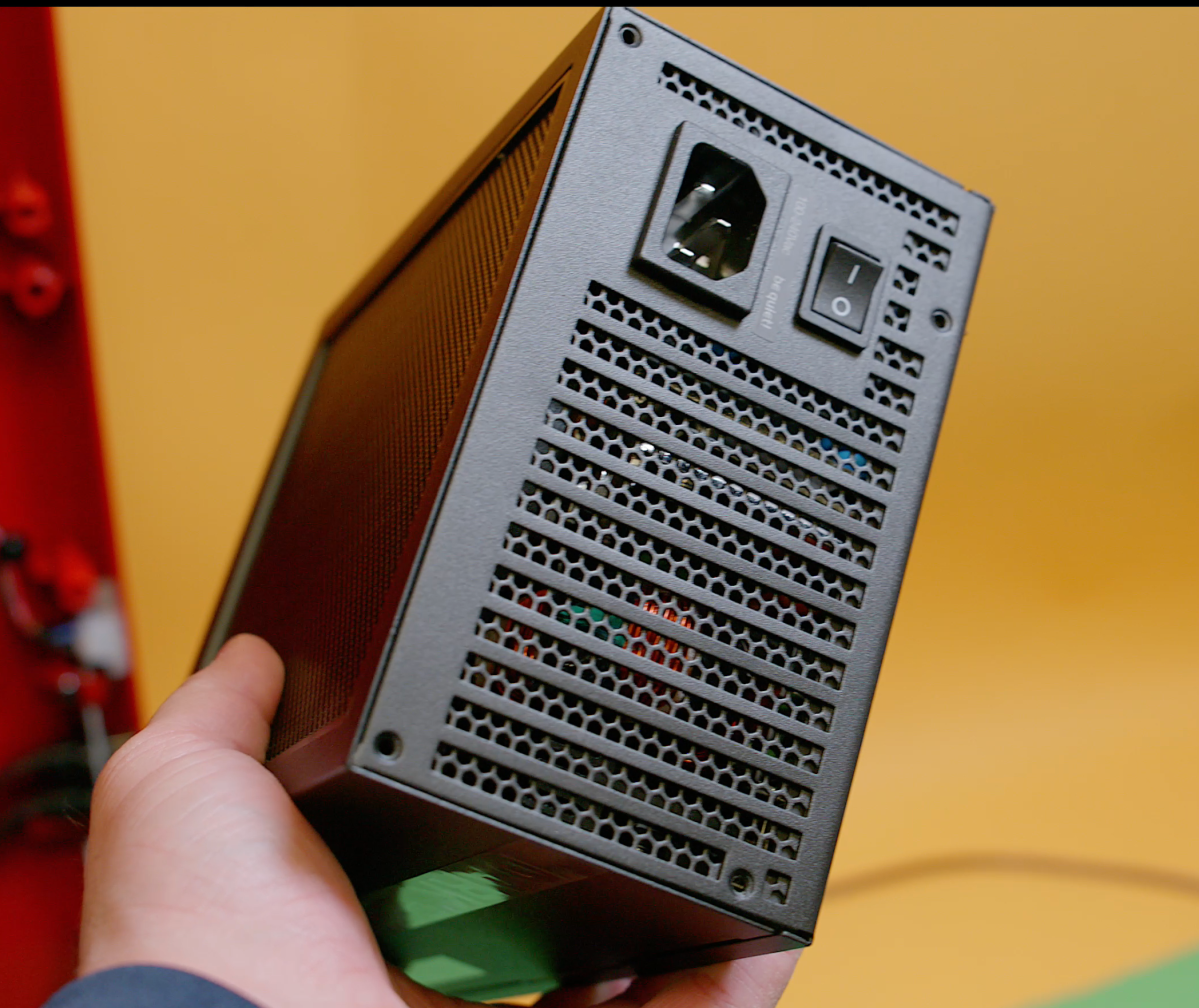
Thiago Trevisan/IDG
Thiago Trevisan/IDG
Thiago Trevisan/IDG
Heat: High power draw and heat are like bees and honey—natural companions. RTX 3000 GPUs can even make you break a sweat in a smaller room. If you’re planning for long gaming sessions, make sure the airflow in your space is adequate. Regardless of the efficiency of your rig’s cooling system, all that hot air must be dissipated somewhere, into the surrounding environment. Once again, you’ll feel this the most with the RTX 3080, 3080 Ti, and 3090.
Thermal throttling: Speaking of heat, let’s take a deeper dive into what’s happening inside your rig. Thermal throttling is the fail-safe mechanism built into PC hardware that basically says, “Hey, it’s too hot in here, so we’re going to reduce performance so the temperature can come down a bit and nothing is damaged.”
Most high-end RTX 3000 GPUs will come with adequate cooler designs, but they’re useless if they are starved for airflow. (Take a look at our article on the best way to set up your PC fans.)
Blower style GPU designs, such as the GTX 1080 Ti Founders Edition of yore, exhaust heat directly out of the back. Most GPUs have a traditional cooler with two or three fans, which keep the GPU cool but also exhaust that heat directly into your case and onto other components. The best strategy here is a good two or three case-fan design employing proper case airflow.
Noise: More power, more heat, more noise. If you’ve never heard the deafening shriek of a hot server room, you’re in for a treat with a poorly cooled RTX 3000 GPU. Fans will spin up to handle the heat produced by TDP. Worry not, there are ways to minimize these issues.
How to manage a GPU’s heat and high TDP
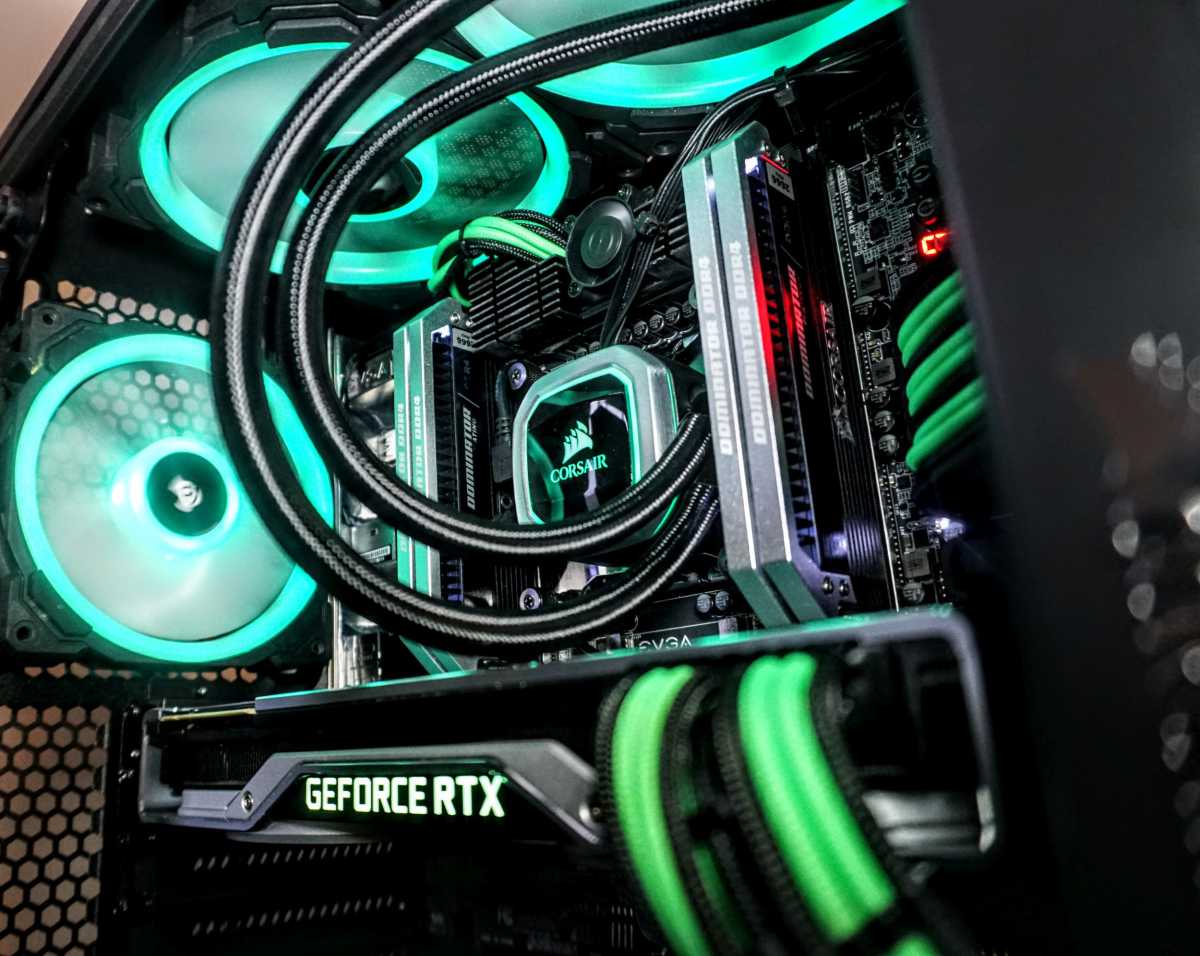
Thiago Trevisan/IDG
Thiago Trevisan/IDG
Thiago Trevisan/IDG
First, you’ll want to choose a case that will accommodate your GPU adequately with proper airflow. A closed-off case won’t do well with a high-end RTX 3000 air-cooled GPU, you’ll want max airflow here. (For more guidance see our recently updated article on how to choose a PC case.)
EVGA GeForce RTX 3080 Ti FTW3 Ultra
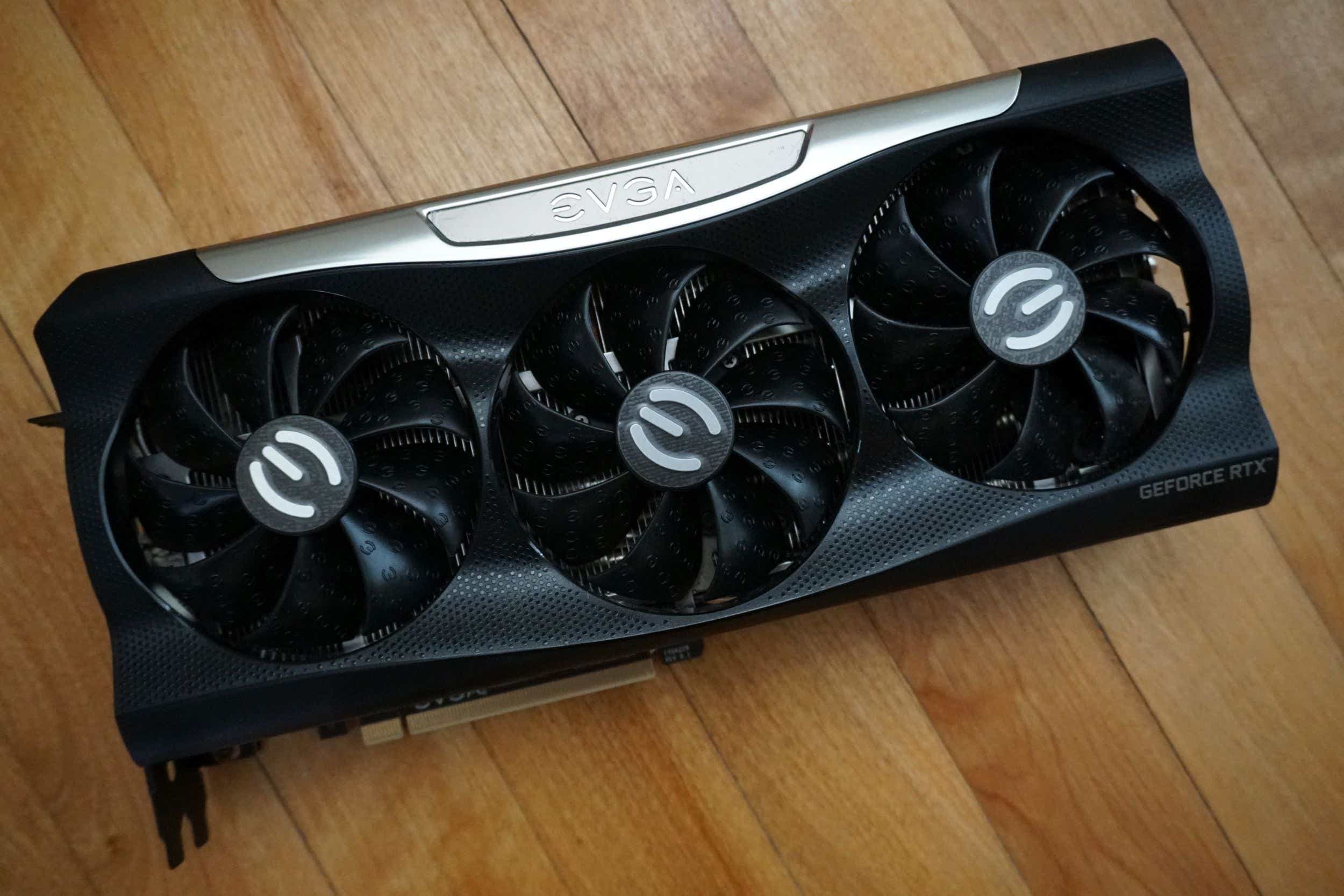
 Read our reviewPrice When Reviewed:$1399Best Prices Today:$975 at Amazon | $1299 at Newegg
Read our reviewPrice When Reviewed:$1399Best Prices Today:$975 at Amazon | $1299 at Newegg
Secondly, you’ll want to make sure you have well-positioned intakes and exhaust fans set up on your rig. Remember to check clearances—fans need room to generate proper cooling. You can prioritize GPU cooling by having the CPU heat rise upward, such as when using an all-in-one PC. This would mean allowing the front and bottom of your case to intake air for the GPU. The better the quality of fans that you have keeping your GPU cool, the quieter your system will tend to run as well.
Finally, if all else fails, consider water cooling your power-loving RTX 3000. GPU core temperatures and VRAM temperatures will dramatically improve, helping unleash more performance and avoid throttling. Noise levels will also go down with enough radiator space and static pressure optimized fans cooling them. Keep in mind that while the heat is dissipated more efficiently within your case, the heat output to the surrounding room will still be the same toasty level as with an air-cooled GPU.
The future will be more efficient, eventually
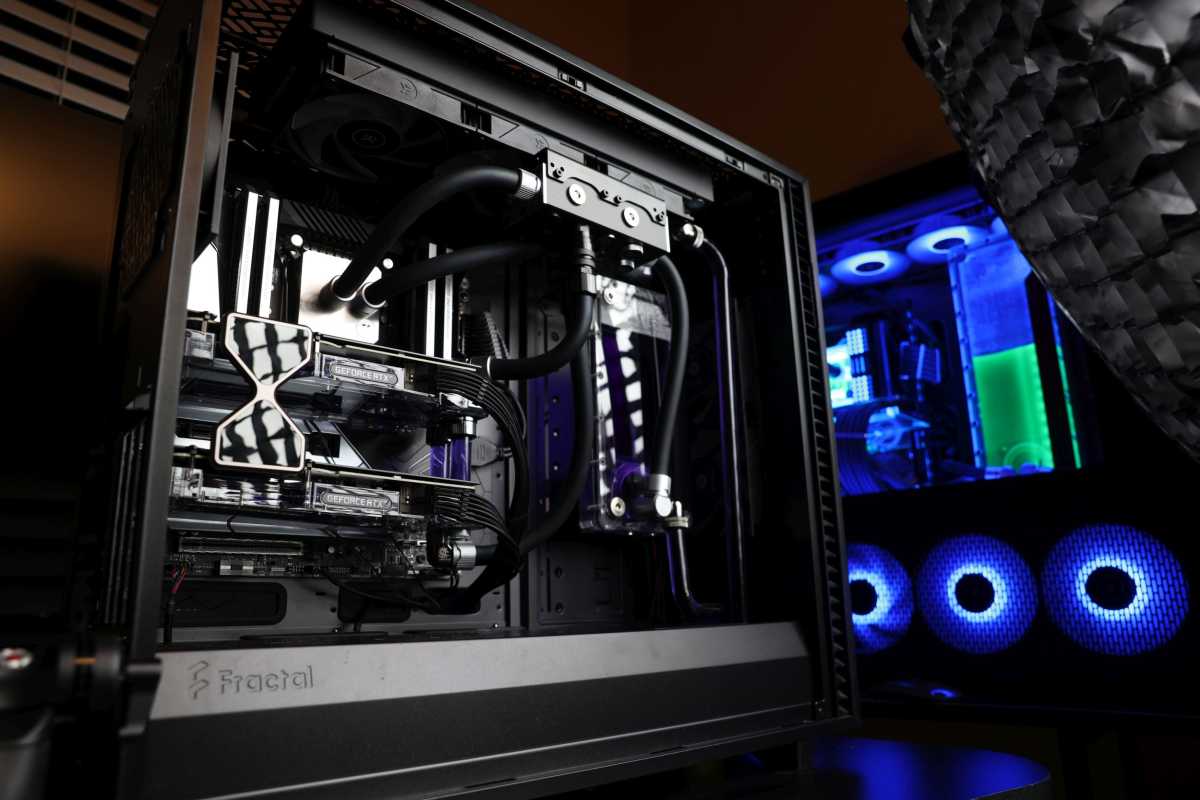
Thiago Trevisan/IDG
Thiago Trevisan/IDG
Thiago Trevisan/IDG
Power-hungry GPUs are here for at least the next few generations, unfortunately. It is one of the drawbacks of such massive advancements in performance. It won’t be this way forever, though. Future chip designs should become increasingly more efficient while putting out stout performance, as we’re already seeing in many mid-range systems and laptops. We just have to wait for them to make their way to the enthusiast-level GPUs, then we’ll really be cooking! (Pun..intended)
Author: Thiago Trevisan
Recent stories by Thiago Trevisan:
DLSS 3 explained: How Nvidia’s AI-infused RTX tech turbocharges PC gamingNvidia GeForce RTX 4060 Ti vs. RTX 3060 Ti and Radeon RX 6700 XT: Fight!How to benchmark your graphics card




